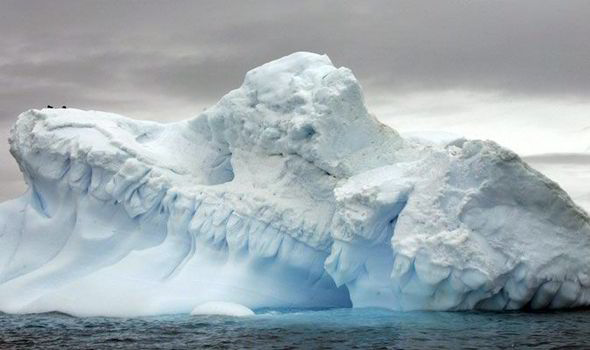At least 24 people died and scores were injured after a tornado carrying huge hailstones lashed southern China, causing widespread devastation and a ferry to capsize, domestic media reported Thursday.
The ferry overturned in a river in the south-eastern province of Fujian, causing the deaths of 11 people with four missing, web portal qq.com reported.
Nine people were killed in Dongguan, in Guangdong province in the south, according to the report. It showed images from the city of a car windscreen which appeared to have been smashed by egg-sized hailstones.
Many of the dead in Dongguan were trapped in collapsed buildings. Another 148 people were injured, including 11 who were critically ill, the report said.
The website put the death toll at 24, as did state-run news agency Xinhua.

